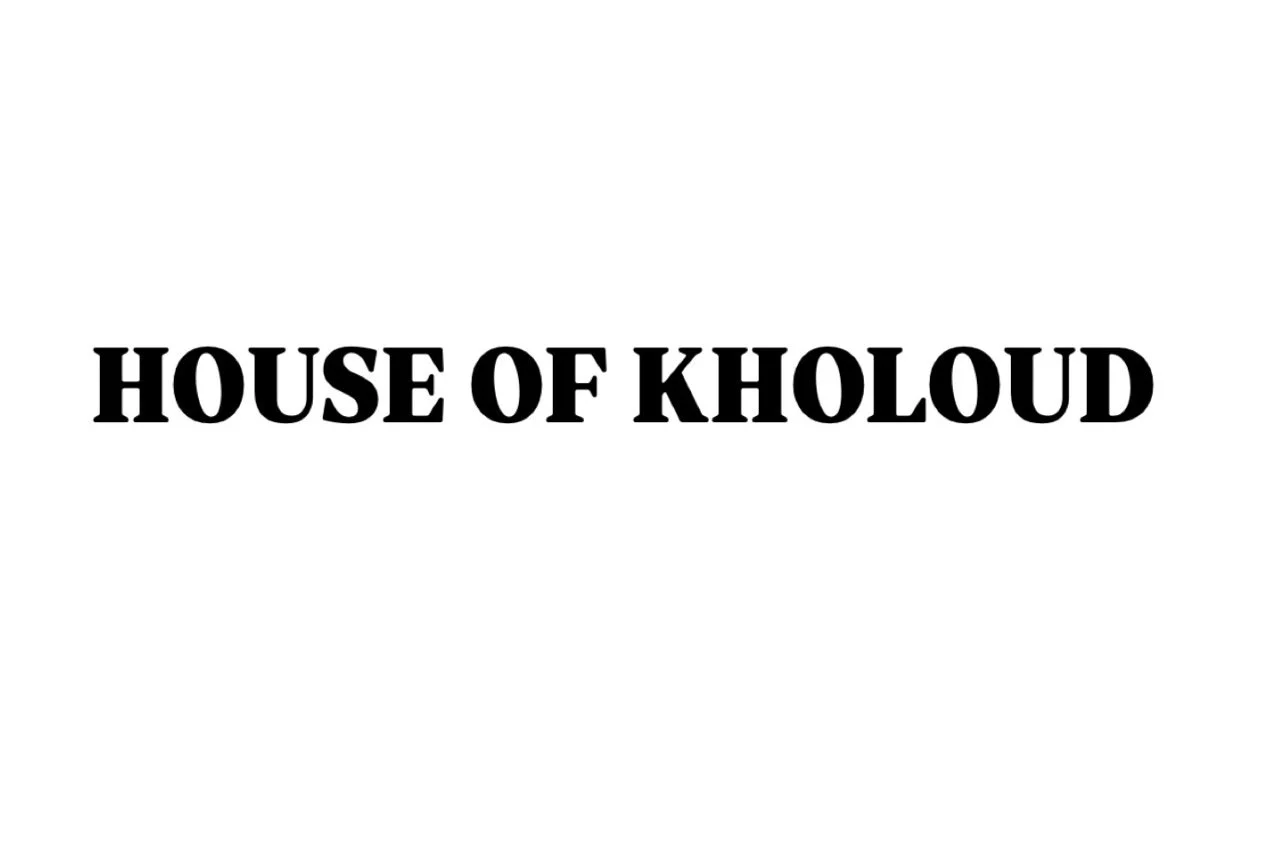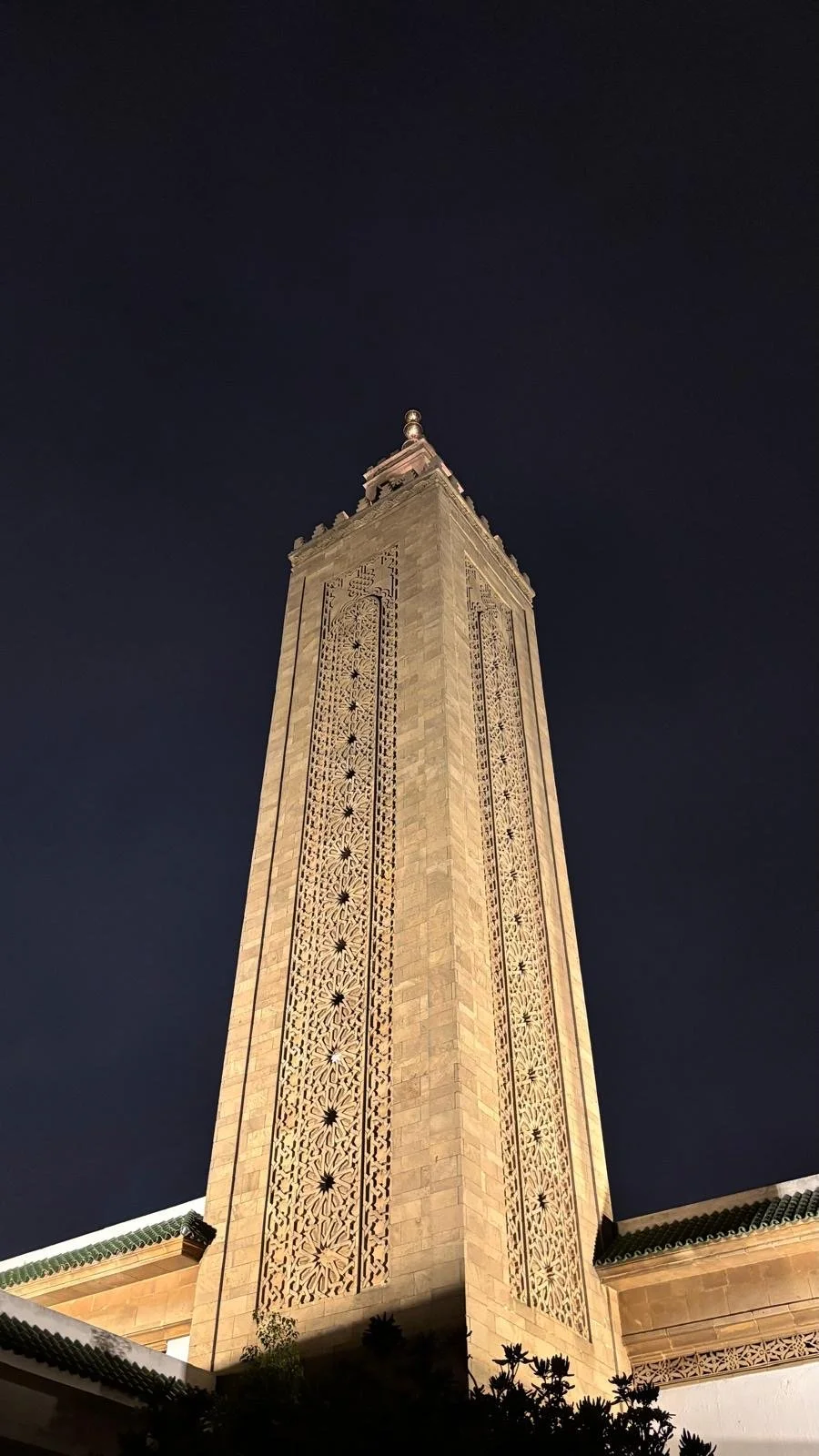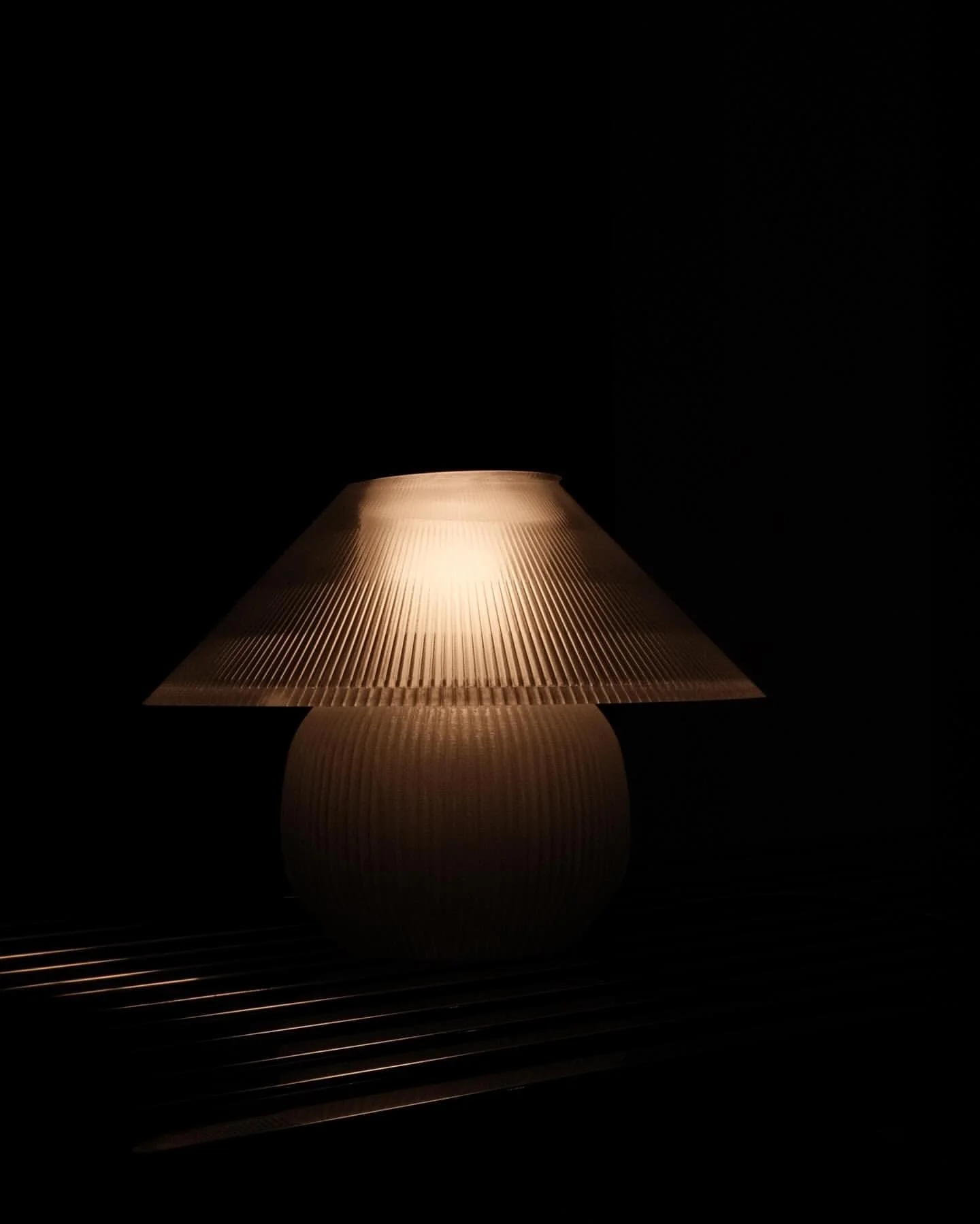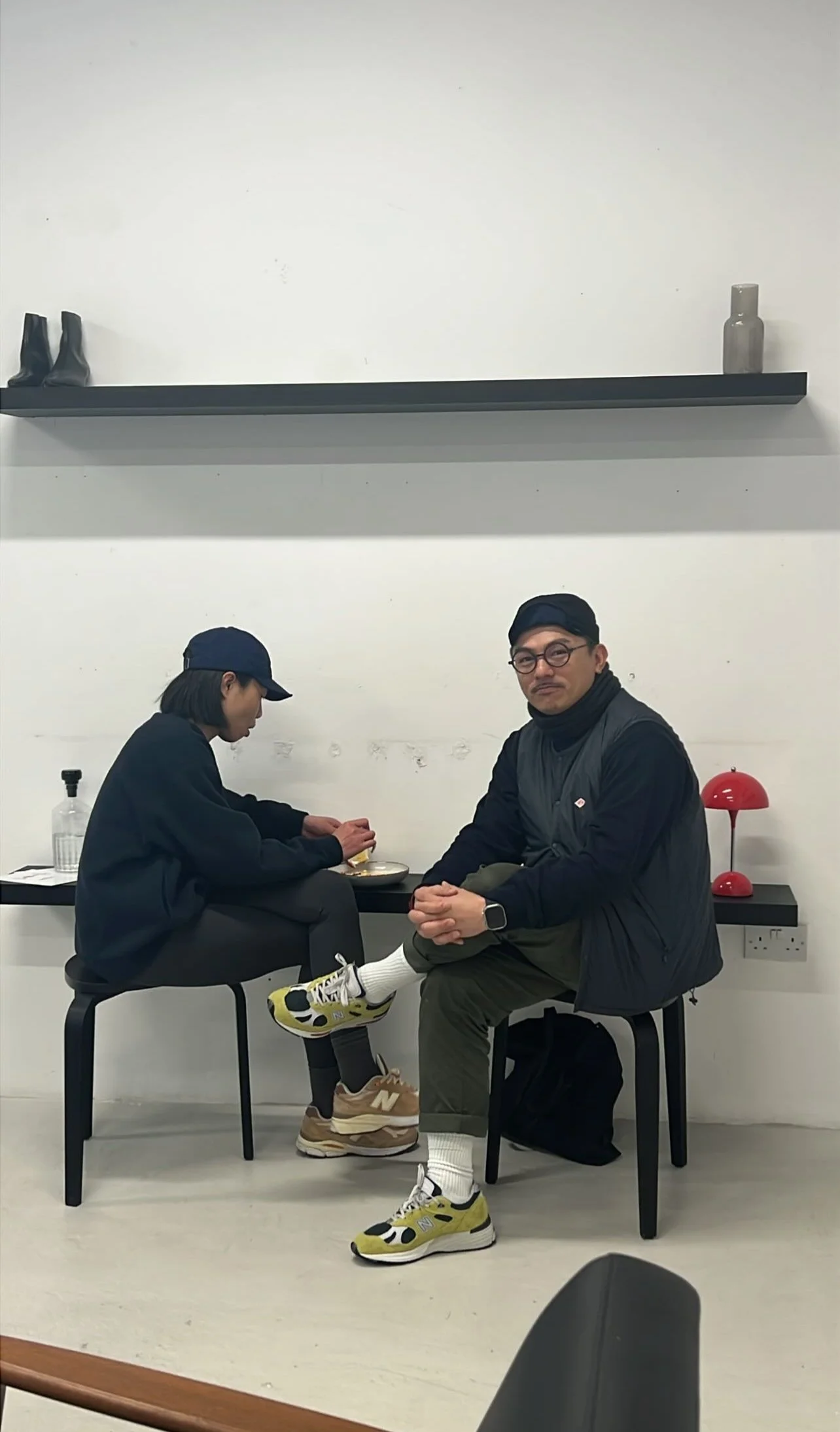Third Spaces
As daylight softens and evenings arrive sooner, a familiar instinct returns: the urge to seek warmth and closeness.
We begin to look for spaces that offer comfort, creative expression, and unhurried conversation — places where ideas can be shared rather than rushed without urgency, and feel held by something outside the rhythm of work.
Where summer invites us outside, the colder months guide us back home, asking us to listen to our own cadence.
We settle into slower rhythms, but the desire for meaningful connection never fades — a kind of closeness that exists beyond work, routine, and our digital lives.
This is why the idea of third spaces feels especially resonant now. Spaces that rest gently between home and work — open, welcoming, accessible.
Places that encourage conversation, exchange, and a sense of shared presence without expectation.
A third space can take many forms; a neighbourhood café with its steady hum of warmth, a library shaped by quiet concentration, or a place of worship carrying generations of inherited comfort.
These spaces offer more than refuge — they offer belonging and place of breath between responsibilities.
They soften the edges of the day — creating a pause that feels earned, unhurried, and quietly restorative.
Throughout history, third spaces held particular importance for communities who needed refuge from judgment or exclusion.
People of colour, immigrants and creatives — have all created their own spaces across time, forming pockets of safety, expression, and cultural continuity.
For the Ancient Greeks, it was the agora, where philosophy, politics, and poetry were woven into daily life.
In Imperial China, it was the teahouse — a place to pause, observe, and reconnect with the world’s slower pace.
For many enslaved Christians, the church became a sanctuary — a gathering space for faith, music, resistance, and restoration.
Hidden gatherings offered room to share songs, stories, and prayers, small acts of resilience that preserved culture and community across generations.
Similarly, for Muslims, mosques and hidden prayer spaces became sanctuaries — places for worship, learning, and connection.
For many these gatherings quietly resisted cultural erasure, preserving language, faith, and collective memory, and creating continuity and belonging across generations.Today, we return to third spaces with a renewed awareness.
Not out of nostalgia, but out of a need to feel anchored, because in a world that moves quickly, a third space reminds us that connection can be simple.
A shared table, a warm drink, a book passed from one hand to another, a conversation that lingers. The pace loosens, and conversations unfold without expectation.
Even silence feels shared — held by the quiet presence of others who are also seeking a moment outside their routines.
Here, time moves differently, ideas form gently — between sips of coffee, a few turned pages at the beginning and end of a slow evening.
There room to think, to create, and to simply exist without performance.
For us these spaces become familiar not because of how they look, but because of how they make you feel — grounded, welcomed, understood.
In time, they become a kind of anchor in the movement of life, offering continuity and calm when the world beyond feels fast or uncertain.
Third spaces are less about what is built and more about what is nurtured.
They are formed through small gestures and shaped by the people — often unintentionally but very much memorable.
Over time, these spaces accumulate memory — shared laughter, ideas sketched on slightly coffee-stained napkins, or fleeting glances that spark recognition.
We believe an idea only finds life when shared, and a space only finds meaning through those who inhabit it.
This is the kind of presence that turns simple gestures — a remembered name, a well-loved book, a welcoming chair — into memory, warmth, and belonging.
Third spaces exist far beyond the walls of any single café or library.
They are found wherever people gather to connect, create, or simply be — from bustling community halls to quiet neighbourhood nooks.
Each of these spaces evolves with the people who inhabit them, carrying traces of laughter, conversation, and shared experience.
The small gestures, the familiar routines, and the energy of those present are what make third spaces alive, meaningful, and welcoming.
They form a network of places that anchor us to one another and to the rhythms of everyday life — a gentle reminder that belonging is not a place, but something we create together.







